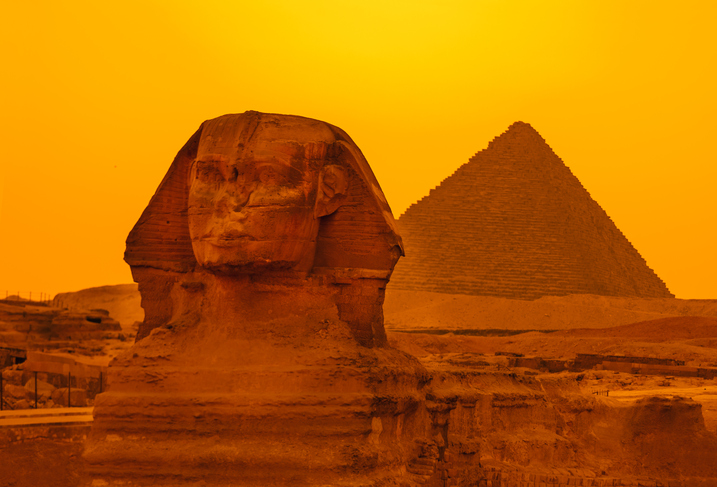If there is one thing that most people can say about the Great Sphinx of Giza, a 240-foot-long carved limestone statue with a lion’s body and a human’s head, is that it’s unique.
But what if another one exists?
Road work in Luxor came to a halt in early August 2018 after workers accidentally found a similar statue, which they described as having a “lion’s body with a human head.” The roadwork was being done to link the temple complexes of Luxor and Karnak — believed to date to around 1400 BC – and was supposed to be finished this year. The discovery of the statue is changing the project timeline.
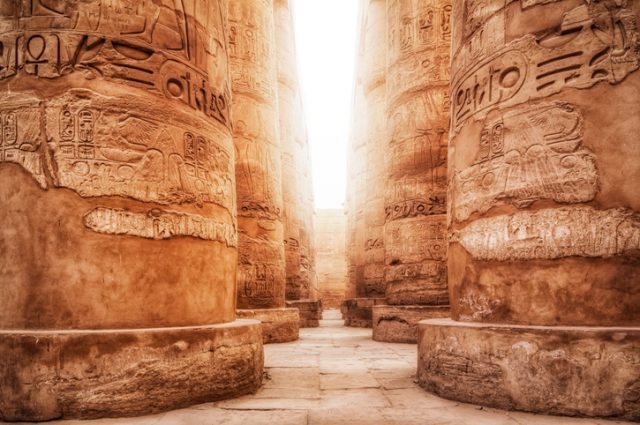
Mohamed Abel Aziz, the Director General of Antiquities, said the structure in question has yet to be removed from the ground, and remains embedded in soil until it can be properly excavated. No photographs have yet been released and it is unclear how large it is.
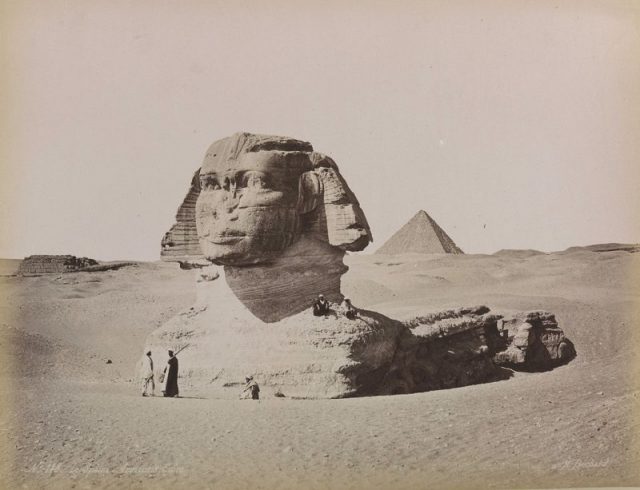
The famous one, the Great Sphinx, is believed to have been built as long ago as 2500 BC, during the reign of Pharoah Khafra.
In ancient Egypt, the sphinx was regarded as a symbol of royalty, with pharaohs having their likenesses carved onto the body of a lion-esque creature to connect to the deity Sekhmet, usually depicted as a lioness.
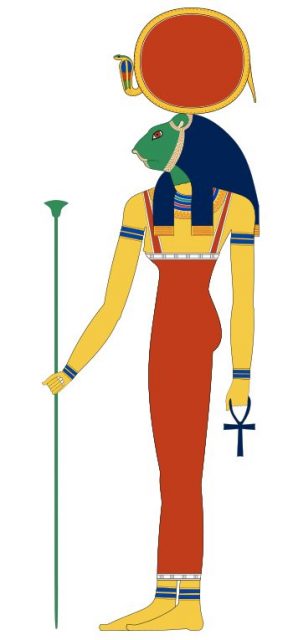
Authorities are saying that the new statue was most likely carved for someone of the highest status. It could be more than 4,000 years old.
But this discovery is also triggering speculations about the essential mysteries of the Great Sphinx. Some say the giant statue located in Giza contains an entrance to a secret underground city that is being concealed by Egyptian authorities.
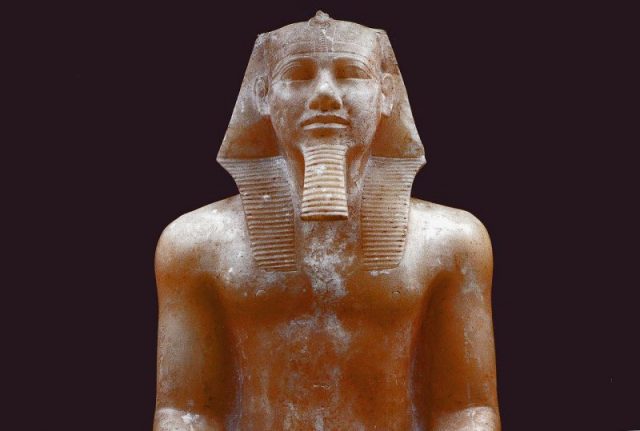
The other mystery relates to a mythical “Second Sphinx.” The ancients wrote that sphinxes usually appear in pairs, next to or opposite each other, and so some say the second one would have been built on the opposite bank of the Nile, in order to represent the dividing line between Northern and Southern Egypt.
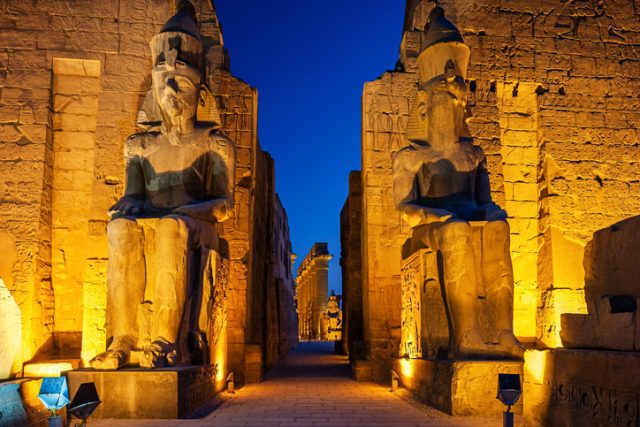
The Smithsonian magazine wrote about the Great Sphinx that it “was not assembled piece by piece but was carved from a single mass of limestone exposed when workers dug a horseshoe-shaped quarry in the Giza plateau.”
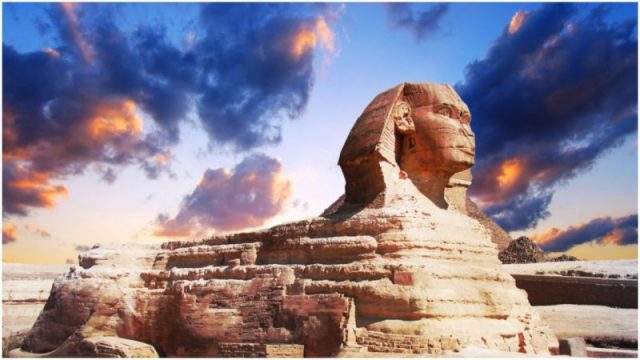
“Approximately 66 feet tall and 240 feet long, it is one of the largest and oldest monolithic statues in the world…Nobody knows its original name. Sphinx is the human-headed lion in ancient Greek mythology; the term likely came into use some 2,000 years after the statue was built. There are hundreds of tombs at Giza with hieroglyphic inscriptions dating back some 4,500 years, but not one mentions the statue.”
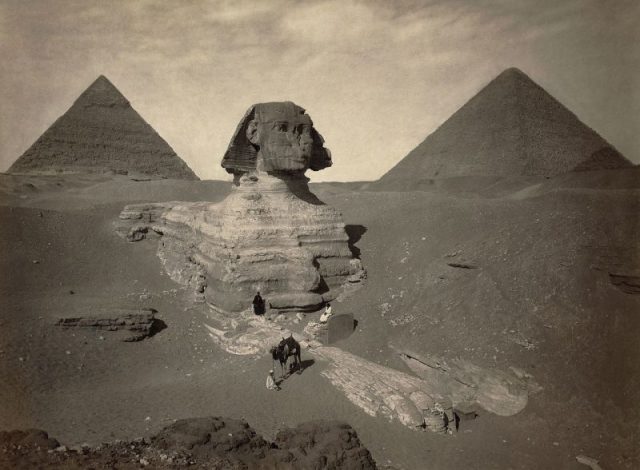
Many experts agree that it was built by Pharaoh Khafra, who ruled Egypt during the Old Kingdom, which began around 2600 B.C. Khafra’s reign was from 2558 to 2532 BC. It is credited to him because the creature’s face resembles his as it appears in statues. There are also clues in the way it was carved.
Disturbing occasions when ancient Egyptian curses seemed to come true
One theory is that while searching for material to build the pharaoh a pyramid, workers uncovered a large mass of rock that had the dimensions for a giant sphinx and so carved the statue from it.
Some Egyptologists and researchers, however, believe it is older than during the time of Pharaoh Khafra. The 19th century English Egyptologist E. Wallis Budge declared that the Sphinx was much older than Khafra’s time and could have been created in the Early Dynastic Period or even earlier.
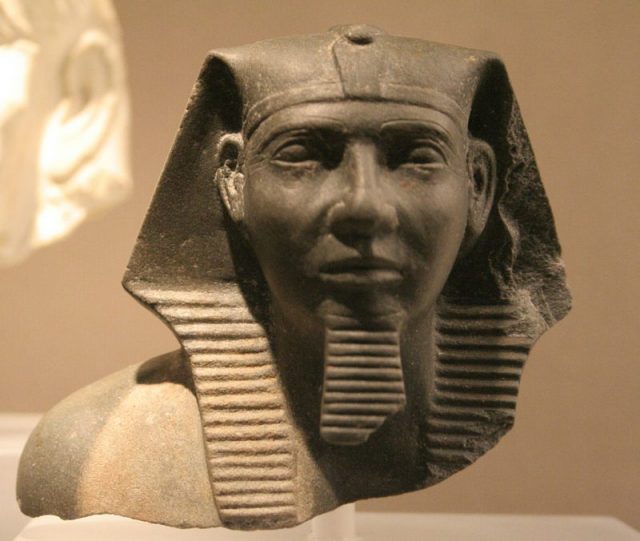
The nose being missing from the face is the source of another mystery. This was not the ravages of time alone. Examination shows that chisels were hammered into the nose, to pry it off. This could have been prompted by later religions not wanting the Sphinx to be revered any longer and so they disfigured it.
There is also a famous story that Napoleon’s army blew off the nose, but there are sketches in existence from before the time of Napoleon showing the face had its nose.
That is one mystery that seems solved.
Nancy Bilyeau, a former staff editor at Entertainment Weekly, Rolling Stone, and InStyle, has written a trilogy of historical thrillers for Touchstone Books. For more information, go to www.nancybilyeau.com.
